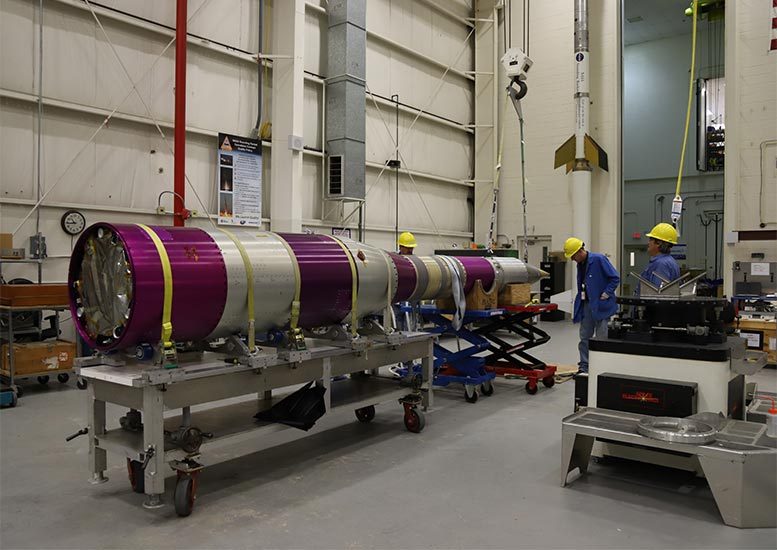
The Advanced Supersonic Parachute Inflation Research Experiment (ASPIRE) 2 payload undergoes testing in the sounding rocket payload facility at NASA’s Wallops Flight Facility, Wallops Island, Virginia, prior to transport to the launch pad on Wallops Island. Image: NASA/Berit Bland
NASA will test a parachute for possible future missions to Mars from NASA’s Wallops Flight Facility in Virginia on Tuesday, March 27. Live coverage of the test is scheduled to begin at 6:15 a.m. EDT on the Wallops Ustream site.
The launch window for the 58-foot-tall (18-meter-tall) Terrier-Black Brant IX suborbital sounding rocket is from 6:45 to 10:15 a.m. Backup launch days are March 28 to April 10.
The NASA Visitor Center at Wallops will open at 6 a.m. on launch day for viewing the flight. The rocket launch is expected to be only seen from the Wallops area.
The rocket will carry the Advanced Supersonic Parachute Inflation Research Experiment (ASPIRE) from NASA’s Jet Propulsion Laboratory (JPL) in Pasadena, California. The payload carrying the test parachute is expected to reach an altitude of 32 miles approximately two minutes into the flight. The payload will splash-down in the Atlantic Ocean 40 miles from Wallops Island and will be recovered and returned to Wallops for data retrieval and inspection.
The payload is a bullet-nosed, cylindrical structure holding a supersonic parachute, the parachute’s deployment mechanism, and the test’s high-definition instrumentation, including cameras, to record data.
ASPIRE is managed by JPL, with support from NASA’s Langley Research Center in Hampton, Virginia, and Ames Research Center in Silicon Valley, California, for the agency’s Science Mission Directorate in Washington.
NASA’s Sounding Rocket Program is based at Wallops. Orbital ATK in Dulles, Virginia, provides mission planning, engineering services, and field operations through the NASA Sounding Rocket Operations Contract. NASA’s Heliophysics Division in Washington manages the sounding rocket program for the agency.
Launch updates will be available via the Wallops Facebook and Twitter sites. Smartphone users can also download the “What’s Up at Wallops” app, which contains information on the launch, as well as a compass showing the precise direction for launch viewing.


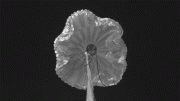

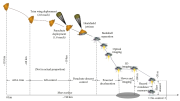
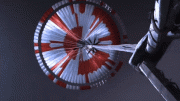

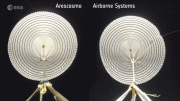
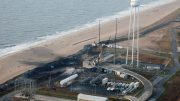
Can a parachute be trusted on a plannet with a weak atmosphere? Never mind the test.